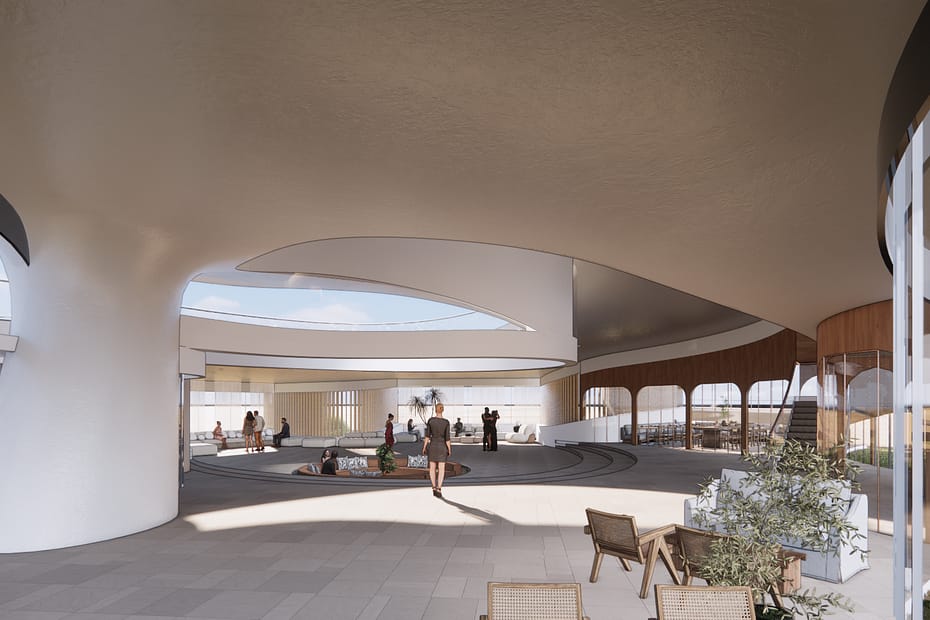The economic divides in society are frequently reflected in the architectural environment of towns. This split is most clearly visible in the widening gap between luxury architecture and affordable homes. While extravagant homes display grandeur and extravagance, the bulk of people live in modest homes that struggle to provide for their fundamental needs.
Missing Out on the Majority
The disregard of the majority in architectural planning is one of the main problems. Urban development frequently puts the needs and interests of the wealthy elite first, particularly in affluent areas. As a result, the infrastructure, public spaces, and housing requirements of the majority are frequently disregarded, resulting in increased socioeconomic inequality.
Disparities in Services
Superior amenities and services are frequently seen in conjunction with luxury architecture. The bulk of the population, who live in popular housing, does not have access to basic amenities like high-quality healthcare, an adequate education, and recreational areas. This discrepancy in service delivery widens the gap between wealthy and average citizens.
Trying to Be Inclusive
A paradigm shift in architectural and urban planning practices is necessary to address this difference. Inclusion must be given top priority by architects and city planners in order to meet the requirements of the majority. This includes accessible healthcare, well-equipped schools, cheap housing, and secure public areas. Architectural design should be based on inclusivity, bridging the gap between opulent and affordable dwellings and promoting a more just society.
Development Focused on the Community
The gap can be closed by emphasizing community-centric development. More adaptable architectural solutions can result from interacting with local populations to comprehend their needs. Including them in the planning process, and making sure that their voices are heard. In addition to addressing the immediate housing issues, community-driven programs also empower locals, encouraging a sense of pride and ownership in their neighborhoods.
Conclusion
The growing divide between high-end construction and affordable housing emphasizes the significance of socially conscious architectural techniques. Regardless of their socioeconomic background, architects may make a substantial contribution to the development of cities by putting a priority on inclusivity, community involvement, and equitable service delivery.
More on INJ Architects:


Comments are closed.